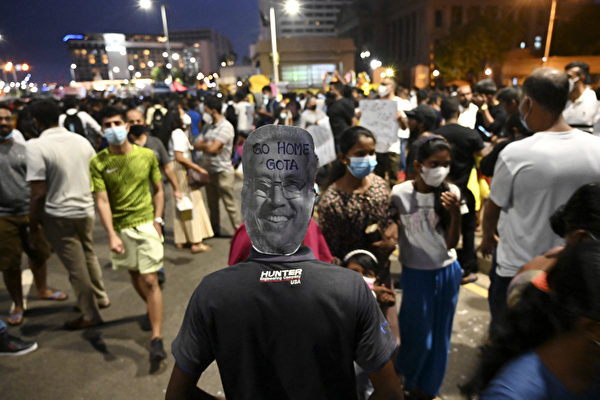The Chinese government launched the “Belt and Road Initiative” in 2013, which has now been in existence for over a decade. Currently, the initiative’s problems such as debt traps, environmental damage, and official corruption in the countries involved are gradually becoming apparent, attracting close attention from various sectors. This Thursday (May 16), the US Congress held a hearing to discuss how the United States and its allies should address the global challenges posed by the Belt and Road Initiative.
On May 16, the US House Select Committee on the Chinese Communist Party convened a hearing, where members of Congress and scholars focused on the disorder and chaos caused by China through large-scale transnational construction under the Belt and Road Initiative, and how the US should respond to the issue of Chinese cross-border infiltration behind this initiative.
During the hearing, John Moolenaar, the newly appointed chairman of the Select Committee on the Chinese Communist Party and a Republican member of the House, stated that China’s global investments and construction are aimed at controlling the world: “China, through its investments, exports authoritarianism and exploits the labor and natural resources of the world for its own commercial interests. The sole purpose of the Belt and Road Initiative is to expand the global influence of the Chinese Communist Party. China lures other countries into debt traps through investments, gains control of other countries’ territories, expands cross-border surveillance, and controls critical supply chains.”
Moolenaar acknowledged that the Beijing authorities often negotiate very favorable investment terms with foreign countries that Western countries find difficult to match, but Chinese investments locally have led to many irregularities: “To expand its influence, Beijing has lost billions of dollars in constructing poor-quality infrastructure and 5G networks controlled by the CCP. The construction costs in China are half that of the West. From this perspective, US investments cannot compete with China. However, Chinese funds have led to developing countries falling into debt traps, worrying construction quality leading to security concerns, Chinese workers replacing local job opportunities. At the same time, the CCP does not focus on environmental protection, causing the exploitation of natural resources locally.”
Subramanian Raja Krishnamoorthi, a Democratic member of the House from Illinois, also pointed out during the meeting that the Belt and Road Initiative of the CCP has expanded to most countries worldwide, urgently requiring attention to the problems caused by the initiative. He said, “After 11 years of implementing the Belt and Road, more than 75% of countries in the world have signed investment agreements, involving over a trillion US dollars of Chinese lending and investment.”
Krishnamoorthi mentioned that the Belt and Road Initiative serves Beijing’s military ambitions, with China developing deep-water ports in developing countries that can serve as anchor points for the Chinese military if necessary. Additionally, construction under the Belt and Road Initiative often involves local official corruption. In Ecuador, for example, China has bribed almost all officials associated with Belt and Road construction, including then-Ecuadorian President Lenin Moreno. In Ecuador alone, the amount of bribes paid by China amounts to 80 million US dollars.
Brad Parks, director of AidData at the College of William & Mary in Virginia, testified during the hearing that the Belt and Road Initiative has also created three serious problems within China: “Firstly, repayment of loans. Beijing heavily lent money at the time, extending thousands of loans to 125 countries with a total value exceeding one trillion US dollars. Now, these borrowers are finding it difficult to repay. The second issue is the high risk of many of China’s foreign construction projects from environmental, social, and governance perspectives. When China first started engaging in international construction, it had only 17 high-risk projects worth $450 million. But today, China has nearly 1,700 high-risk projects worth $450 billion.”
Parks added, “The third problem is reputation risk because the Belt and Road has caused many troubles locally, China’s public support in developing countries has rapidly declined, with overall support dropping from 56% to 40%, and local media attitudes towards China have become unfriendly.”
However, Parks noted that the Beijing authorities are aware of the difficulties the Belt and Road Initiative has brought to China, and they are currently working on related “improvements,” attempting to launch “Belt and Road 2.0.”
Regarding China’s active expansion and the attitude of “improvement” in the Belt and Road Initiative, Daniel Runde, Senior Vice President of the Center for Strategic and International Studies (CSIS) in Washington, suggested during the hearing that the US should immediately plan to provide developing countries with construction plans that can rival those of China.
Runde said, “We cannot counter China’s investments without proposing alternative construction plans, so what is our construction plan? We face the difficult fact that China is the primary lender and constructor in developing countries. While our funding may not need to match that of China, the US needs to be a better investment and construction partner than China.”
(Original article retrieved from Radio Free Asia)

